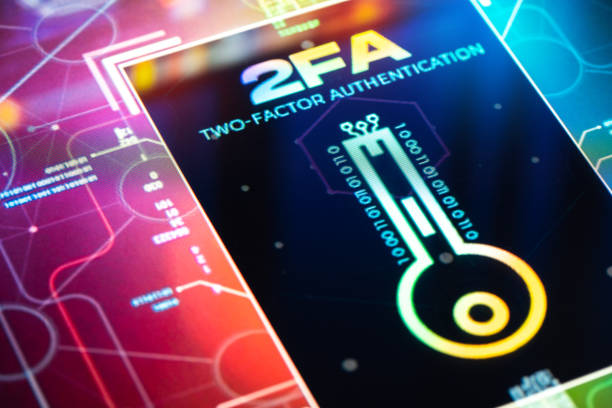
In this digital age whereby everyone has access to technology, so much can happen within a blink of an eye. To avoid being scammed on the web, you have to secure your various accounts well to the core. If you are getting started, two-factor authentication remains one of the most effective ways despite being one of the simplest to use.
Let us get to understand what two-factor authentication ( A2F) is really? I know that the term alone streamlines all the blood in your veins, but trust me, it does not, as you are already utilizing it in some way or another. For example, have you ever noticed that when you are making M-Pesa transactions, Safaricom will always ask you for your secret Key code to validate your transaction? This is an example of two-factor authentication in action.
What is two-factor authentication?
To put it very simply, two-factor is a mechanism that adds an extra layer of security to your account to ensure that you are the rightful owner of the given account. In addition to the usual username and password combination, you will be given a one-of-a-kind code that you will be the only one with.
Nowadays, almost all online systems that support two-factor authentication require you to get a unique code given to your phone number through SMS. However, there is a slew of options for bolstering authentication for the company’s multiple accounts. To know which sites support A2F under considering checking this website twofactorauth.org.
Effective two-factor authentication techniques
The simplest way of facilitating two-factor authentication is by using your phone number to verify your connection to an online account. However, some more established tech companies like Google provide you the option of using less restrictive ways. You can choose to use authenticate your connection by using Google’s service. This can be quickly done by using another device you are already logged in to. For example, when you are trying to log in from your computer, a prompt will be triggered on your smartphone for you to authenticate the connection.
Nowadays, security experts will recommend people continue using the authenticators. So what are authenticators? Authenticators are the applications that act as a safeguard for your A2F accounts. If you have signed up for an account that supports authentication, they will prompt you to scan a QR code to link your account to your app. Unlike an SMS, which hackers might intercept, an authenticator is safer because it is built on your smartphone. As a result, only the loss of your terminal might cause you harm.
You can Download Google Authenticator App on the Google Playstore or the iPhone Appstore. There are also numerous authenticator programs available nowadays that are worth checking out: FreeOTP, Keepass2Android, and Open Authenticator.
Using a U2F key to safeguard online accounts is gaining traction, and IT security experts are particularly enthusiastic about it. The concept is simple: instead of an SMS code or a series of digits issued by an authenticator, online account authentication requires a unique USB stick. A U2F-certified security key will be required. They look like a regular USB flash drive, but they’re set up to provide ultra-secure authentication for all of your internet accounts that support it. Such a key can cost anywhere from Ksh 1000 to 8000 but be on the look to choose a legit key. This site(dongleauth.info) will help you find all sites that take security keys, just like you can with two-factor authentication.
How to enable two-factor authentication?
Most of the time, the publishers of the websites where you register an account will ask you to use the A2F to secure your profile. If this isn’t the case, you’ll need to check your account settings manually to see if the option is available. On your smartphone, go to your profile to enable 2FA. Look for a menu item for “Two-Factor Authentication” under “Settings” > “Security.”

